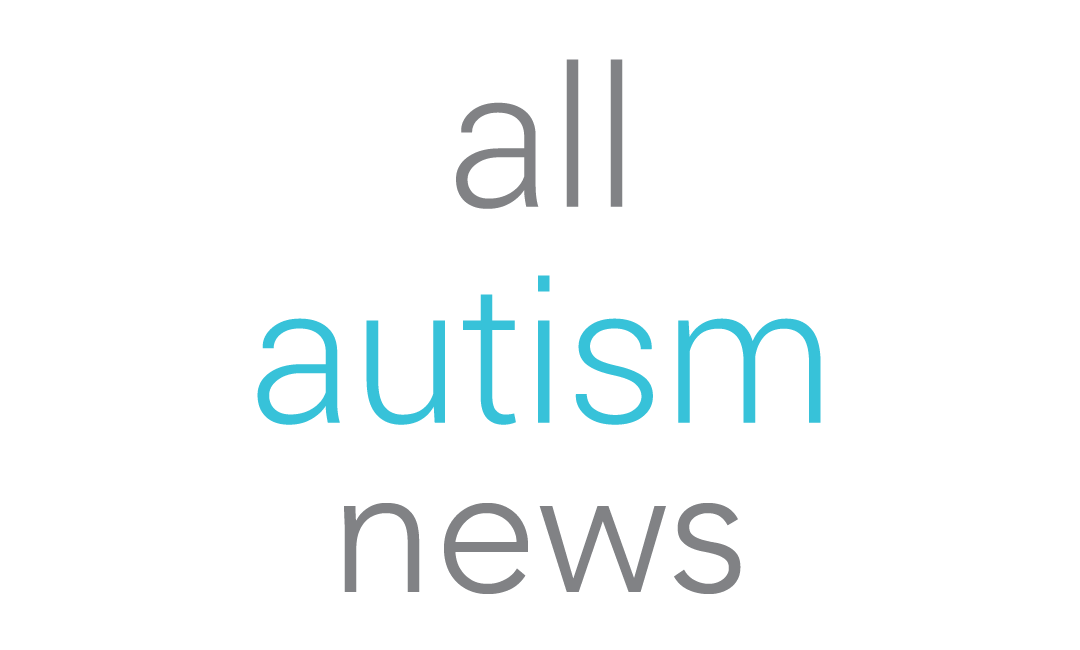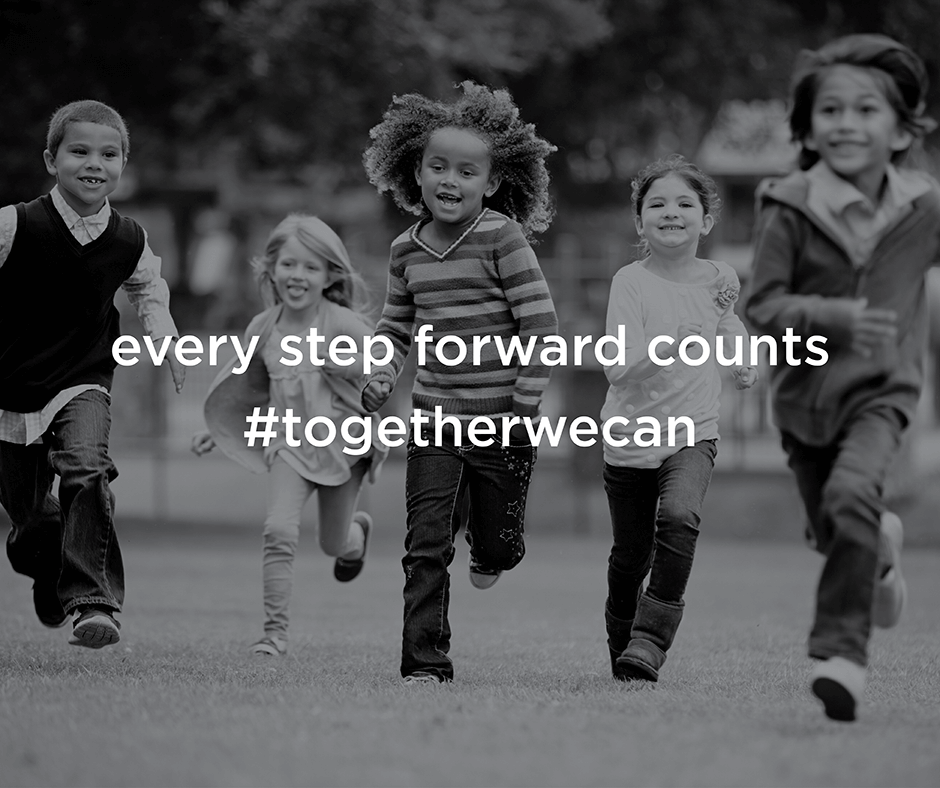
This was a text from one of my mom-friends in the early days of our stay-at-home order. It took me a second to register the meaning in this statement from someone who is my friend, my peer, who has children of the same age. It felt so foreign, and I immediately thought, Time?! What am I doing wrong? (The answer is, of course, plenty, but let’s not get distracted here.)
The difference between my lovely (bored) friend and myself is that I am parenting a child with special needs. I don’t have a child with autism; my oldest struggles with mental illness. In regular times, it’s lonely, it’s difficult, and I feel like our family is indelibly different. But in the midst of a pandemic… Forget different, we are alien life forms on a different planet. I get texts from my friends asking for validation that it is okay that they let their child skip an assignment today. My first thought is, Girl, today I turned on closed captioning while the kids watched tv and I called it Reading All Day. Facebook is full of pictures of the cleaned-out basements and fresh-baked sourdough done in my friends’ free time. Again: Free time?!? Like some of my friends who have kids with autism, my days are spent helping my child manage the basics of life: getting over the emotional hurdle of breakfast, running the marathon of 2 hours of home-schooling that feels like 12, spending an hour out of every three diffusing a meltdown. Throughout it all, my husband and I are following a path that winds around the house like a trail of breadcrumbs, wiping and fixing the things that have been spilled and broken in his wake. It is constant. It is relentless. There is no lunch break. There is definitely no time to be cleaning out my basement.
I want to take a moment to share my awe of all single parents. The only reason I am able to still function at work is because of my husband’s support and participation. (Seriously, single parents, I salute you and offer up all the hugs, kudos, props, and every other form of recognition. If you are a single parent caring for a child with special needs during this pandemic, with all of the powers vested in me by the Mommy-Blogger-Gods, I decree that in your next life, you deserve to be lounging on a shady terrace in a tropical climate, being slowly fanned, while you sip a fruity drink with flowers in it.) I do have a partner, so yes, there are moments when I can take a walk by myself, or shut myself in my room for a half hour. But even this privilege feels trivial under the constant barrage of the immediate needs of my child.
So here’s what I want to say to my peeps out there, the parents who are following similar bread-crumb trails of disaster around their houses:
You know your kid.
Some of us have chosen to have service providers in our homes, accepting the risks; some of us have moved to telehealth, but with fewer hours; some of us have had to discontinue services, for one or more of a million reasons. These decisions impact our child and our families now, and in one way or another, their future. More than ever before, we are in our heads, second-guessing the decisions we are making about our children’s services, or about how we are handling their days (too much routine, not enough routine). Even the opinions of well-meaning friends and relatives who are not trying to be judgmental can seep in and sow seeds of doubt. Here is a mantra to repeat to yourself: I know my kid better than anyone. You are the only one in a position to know what is best for your child. It’s important to listen to the opinions of some (professionals who know your child, for instance) and to absolutely ignore others (your nosey neighbor who’s “just seeing if everything is okay” when your kid is raging over, literally, spilled milk). Remind yourself frequently that you are the expert on your kid; not only that, you’re also the one directly managing the day-to-day every day. Whatever decision you have made, I applaud you.
You are doing great, and I am not judging you.
Thou shalt not judge oneself by thy neighbor’s Instagram. For reals. Reading heartwarming stories about all of your friends’ kids’ accomplishments and seeing portrait-mode-perfect pictures of their happy faces while doing a distance-learning science project can stop my heart for a moment. This stuff is hard for me in normal times; somehow this pain has been heightened by the pandemic. If you can find it within you to see these things and be happy for your friends and also still feel good about your own family: you are a special angel and I want you in my life. For the rest of us: turn off the Instagram and the Facebook and find communities of parents who understand your story and can celebrate the unique joys of your kiddo with you. I could never tell my typical-mom friends about how thrilled I am to go two days in a row without a hole knocked in the wall, but I have found other moms who have similar circumstances and can help me rejoice in this little bit of progress, which reminds me that I am doing great. You are doing your best AND your best is enough. Recognize this and seek out others who will also appreciate your kiddo, your circumstances, and your efforts. Repeat to yourself, you’re doing a great job.
Ask for Help.
I know, it’s harder than ever to get help. Babysitters may be less available, or you may have less money to pay them. Home therapists and respite workers were hard to find before the pandemic, and now it’s…well, let’s just not even go there. Here are some ways to ask for help if you are drowning:
- If you do have a partner, I highly recommend locking yourself in your room once a day and tuning the world out, with headphones, a book, television, or a nap. Nobody can keep going without a break.
- If your child is able to FaceTime independently, reach out to friends and family members and schedule a FaceTime session every day, whereby you can get a small break. (Hooray! Congrats! You get to go to the bathroom alone! Oh, unless you have multiple kids.)
- If you have an ABA therapist, keep them updated on how things are going. Don’t hesitate to communicate when something new has arisen or gotten worse – they are there to help you. If you need more hours, ask for it.
- If you don’t have ABA services right now, reach out to see if telehealth is available to you, even if it’s just parent education.
- If your state has a crisis intervention hotline, put the number in your phone so you have it handy if you need it.
- Exhausted parents don’t love to cook dinner….if you can afford it, order take-out. If you have a friend that offers to help, ask for a dinner drop-off. If you have cereal and toast for dinner every night for a week, I feel you, friend.
- If you need a group of people who get you, turn to Reddit, or FB groups, or another online forum of parents who share your situation. Lurk for awhile, or jump right in. Hearing someone else tell a story that could be yours honestly lightens the load for a minute.
- If you are associated with a church, temple, or other community organization, reach out to see what services they are offering their members. I have heard of organizations providing meals, support phone calls, grocery drop-off, and other help.
- Everyone should know about Aunt Bertha – it’s a network linking up non-profits and social programs with people who need them. If you need help with paying for groceries, healthcare, housing, utilities, or help finding a job or getting legal aid, Aunt Bertha’s got you. https://www.auntbertha.com/
- The National Domestic Violence Hotline is available 24/7 and is free and confidential. I hope you don’t need it, but if you do, please don’t hesitate to call: 1-800-799-SAFE (7233).
- The Disaster Distress helpline is set up to help people experiencing a crisis, such as this pandemic. Call 1-800-985-5990 or text TalkWithUs to 66746.
- If you don’t already have a counselor and you feel you need one, ask your PCP for a referral.
- Check to see if your employer has an Employee Assistance Program. They may offer free counseling, legal advice, or other services.
- If you are in fear for your own safety or the safety of others, please call 911.
Take care of yourself, by any means possible.
Caregiver Burnout is real, y’all. I had a dark day last week – I was exhausted by a few really tumultuous days in a row, with no sleep. Someone mentioned “self care” to me and I made a gesture. For the sake of decorum, let’s say I rolled my eyes. I would have loved to have taken a bubble bath, gone to get a mani-pedi, spend an hour in yogic meditation, had lunch by myself while I read a book, and all of the other things that come to mind when I hear the words “self-care.” It goes without saying that none of these things are an option at the moment, and not just because my mani-pedi place is closed. But here’s the thing: we still have to take care of ourselves. The best way that I’ve found to “care for myself” at this point in time is to simply lower the bar. Your bar is already low, you say? Maybe you need some more encouragement.
It is okay to decide not to change from your sleeping sweatpants to your daytime sweatpants.
It is okay to not respond to texts for several weeks and then to forget to show up to a zoom social hour with your friends. It happened, don’t sweat it. They’ll live.
It is okay to change the screen-time rule to only-when-they’re-awake.
It is okay to let your child wear their favorite dirty shirt 14 days in a row if you are picking your battles and that’s not one you feel like waging.
It is okay to lock yourself in the bathroom with your headphone and pretend you are having digestive issues when you are really watching SNL at Home skits, because dammit you need to laugh!
Get the picture? You need to rest, Fam.
You know what The Plague, the Spanish Flu of 1918, and the Hong Kong Flu Pandemic of 1968 all have in common? They ended, eventually. Like everything else in life, this pandemic is temporary. Hold on to that. Remind yourself that the reason it feels so hard is that we have been doing this for so long – which means we are that much closer to it being over. Above everything else, while we continue to take this slog one day at a time, be kind to yourself. Give yourself the kind of encouragement and compassion that you would give me, if we were friends….And I promise that I’ll do the same.

















